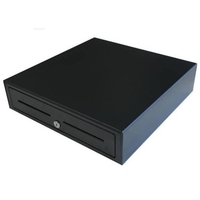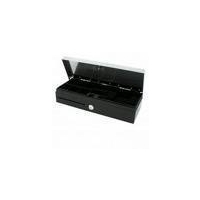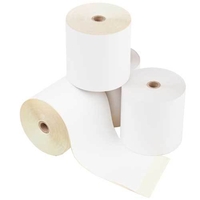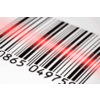Barcodes are used in all aspects of our life as consumers, whether it's purchasing from a retail store, renting a car, attending a concert or event and flying on a plane.
Barcodes are used in all aspects of our life as consumers, whether it's purchasing from a retail store, renting a car, attending a concert or event and flying on a plane.
Barcodes are used in all aspects of our life as consumers, whether it's purchasing from a retail store, renting a car, attending a concert or event and flying on a plane.
Barcodes are used in all aspects of our life as consumers, whether it's purchasing from a retail store, renting a car, attending a concert or event and flying on a plane. Barcodes aren't just lines on a ticket or item, in fact barcodes help businesses track information which in turn increases productivity and efficiency.
By using barcodes in your business you will save yourself time and money, which would have been spent on manual inventory adjustments and stock control. Understanding how barcodes work and knowledge on how to use them effectively in your business is vital as well as getting quality barcode scanner to go with them!
Lets talk about the Barcode:
The first ever barcode appeared on a packet of Wrigley Company chewing gum in 1974. Since then barcodes can be found on almost every item for sale within a store, as well as many encoded barcodes on ticketing, events, flights and travel.
A barcode is used to encode information on a visual pattern, readable by many machines. Barcodes are used for a range of reasons including tracking products, prices, stock levels and many more.
Two Types of Barcodes:
There are two types of barcodes: Linear and 2D Barcodes.
The most common and recognisable to consumers would be the Linear Barcode (UPC- Universal Product Code). The linear barcode is made up of two parts, the barcode and a 12-digit UPC number.
The first six numbers of the barcode are the manufacturers identification number and the next five represent the item's number. The last number is called a check digit, enabling the scanner to determine if the barcode was scanned correctly or not.
This is the Linear Barcode:

2D Barcodes are a lot more complex and can include information in the code. Typically this information includes: price, quantity, web address or an image.
A linear barcode scanner can't read a 2D barcode, so to read 2D barcodes you will need to purchase an image scanner to be able to read the embedded information.
This is a 2D Barcode:

These are some available barcode scanners with some insight into how they work:
- Pen-type Reader: consists of a light source and a photodiode on the tip of the pen.
- Laser Scanner: works similarly to a Pen-type Reader but uses a laser beam.
- Camera-based Reader: installed with camera and image processing techniques in the reading of barcodes.
- CCD Reader: has several light sensors to scan barcodes.
- Omni-Directional Barcode Scanner: highly advanced and very efficient in decoding badly printed, crumpled, and even torn barcodes on products.
Please Contact POSPaper to learn more about our Barcode Scanners!






